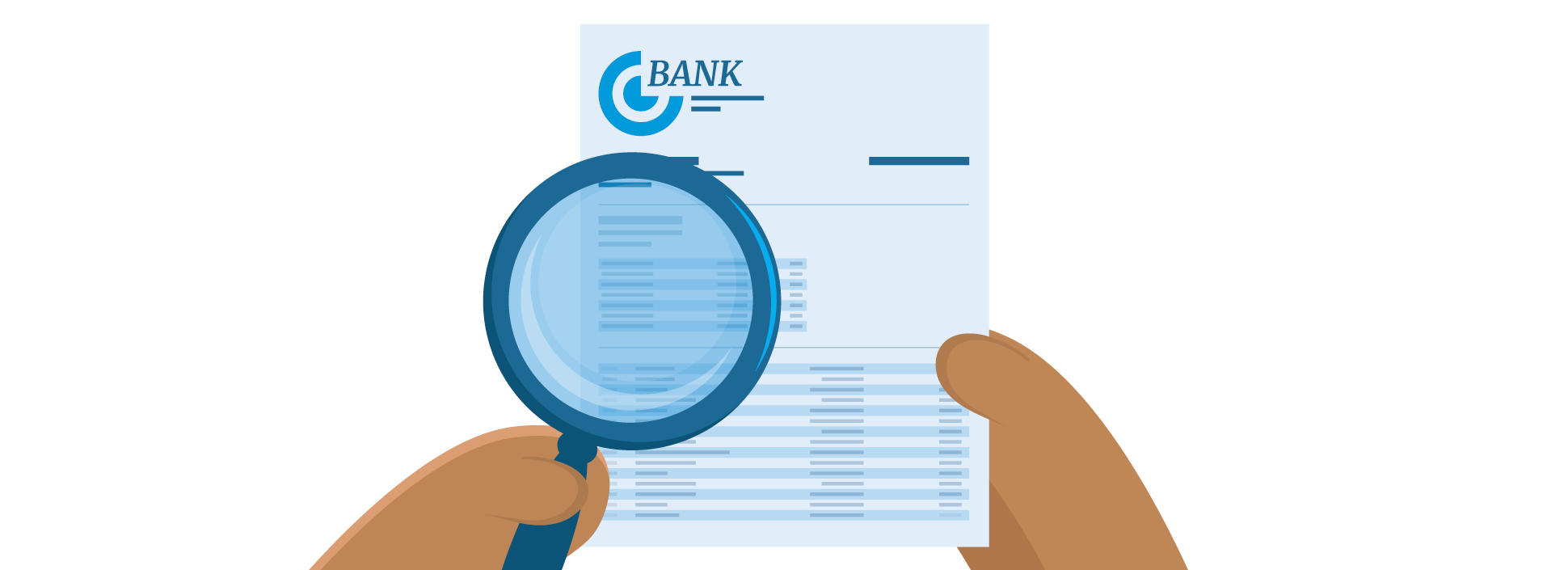

In modern times, most people just use online banking to keep track of each transaction they make instead of having to keep track by hand. If it is different, then you can use the amount that it is different by to try and figure out where you spent (or made) money. If its the same then congrats, your check book is now balanced. Subtract the dollar amount for every check you have written since the last balancing.Īdd the dollar amount for any deposits you made into your checking account.Ĭompare the total with how much your current bank statement says you have.

Start with the previous balance (usually this is the number you got from the last time you balanced your check book or if you haven't done that then it is what you had on your last bank statement)
BALANCE A CHEQUEBOOK HOW TO
In practice, How to balance a checkbook is done like this: If they did a good job logging everything, then how much money the bank says you have will be the same as what you worked out you spent from your log. So about every month or so, people would take their statement from the bank, and compare that with what they wrote in the little log book. Each time they would write a check, they would also make a note in a little log book they kept with their checkbook telling them who they wrote the check to and for how much.īut people weren't perfect and sometimes they would forget to write things in the log or they would take money out of their accounts (or put it in) in ways other than writing checks. In the far distant past, people would use checks to pay for most things when they didn't have cash handy.

The phrase might seem odd to you if you're only used to using debit cards, which is a card attached to a checking account.īefore debit cards and online banking, people used checks to spend money from their checking accounts, and had to write the amounts down in a ledger to keep track of money going in and out, so as to know the current balance and not overdraw. = $900, so you have balanced your checkbook and will have $900 when all is processed. So, say you deposit $1000 in your account.īalancing your checkbook, you would write down any + or - transactions. This is helpful because sometimes checks take time to process. The bank will do it for you, but it's better to keep track yourself, to avoid spending more money than is actually in your account. Unlike a credit card or a credit account, a checking account is money that you have that exists in the positive.īalancing a checkbook just means keeping track of transactions in your acccount. All the information regarding account holders should be stored in these files.A checkbook is attached to a checking account. Create two files, one for current account holders and the other for saving account holders, to store the data permanently. Though rare, banks do sometimes make mistakes, and regularly balancing your checkbook allows you to. Check for the minimum balance, impose a penalty. There are several reasons for keeping such a record and balancing it regularly: Back when paper checks were more common, it could take quite some time for any one check to clear.
BALANCE A CHEQUEBOOK UPDATE
Permit withdrawal and update the balance. Now select the module: Bank Reconciliation, From & To date, Checkbook ID and output file path. Go to MS Dynamics GP->Tools->Routines->Financial->Reconcile To GL 2. Accept deposit from a customer and update the balance. If you are in GP 2013 R2, follow the below steps to generate GL vs Bank report and check which transaction having difference in Book balance. Include necessary constructors and member functions to achieve the following tasks: A menu should be displayed to the user to perform the following tasks. From this derives the class cur_acct and say acct from making them more specific to their requirements. Create a class account that stores customers name, account number and type of account. Current account holders should also maintain a minimum balance, and if the balance falls below this level, a service charge is imposed. The current account provides a chequebook facility but no interest. The savings account provides compound interest and withdrawal facilities but no cheque book facility. Assignment #2 Assume that a bank maintains two kinds of accounts for customers: a savings account and the other as a current account.


 0 kommentar(er)
0 kommentar(er)
